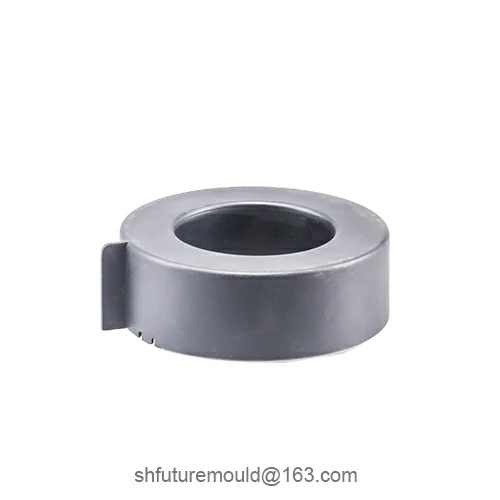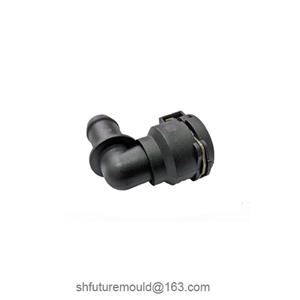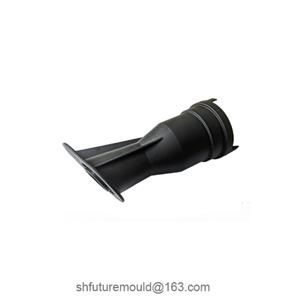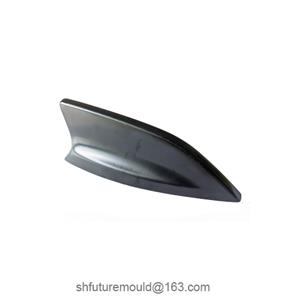-
What Are the Characteristics of Injection Molding for Automotive Connectors?
Automotive connectors, as critical components in-vehicle electronic systems, directly impact vehicle performance and safety through their quality and reliability. Injection molding has become a key manufacturing method for connectors due to its efficiency, precision, and consistency.
15-05-2025 -
Why Do Injection Molded Products Fade?
Color fading in injection molded products is a complex issue, often resulting from a combination of factors.
14-05-2025 -
How to Address Burn Marks in Plastic Product Processing?
Burn marks are a common defect in the injection molding of plastic products, severely impacting their appearance, strength, and functional performance.
14-05-2025 -
The Function of CNC in Injection Mold Processing
CNC technology not only enhances machining precision and production efficiency in injection mold manufacturing but also provides greater design flexibility and consistent quality assurance.
13-05-2025 -
What are the requirements for medical injection molding materials?
With the rapid development of the medical device industry, medical injection-molded parts—valued for their high precision, low cost, and ability to create complex structures—are widely used in disposable syringes, catheters, surgical instrument housings, and other applications.
13-05-2025 -
Pre-reset Mechanism in Injection Molds
The pre-reset mechanism in injection molds is primarily designed to ensure rapid and precise restoration of all movable components to their initial positions before each injection cycle begins. This guarantees smooth mold closure, stable injection processes, and consistent product quality.
12-05-2025 -
When to Choose a Hot Runner System?
A Hot Runner System is a thermal control device in injection molds that maintains melt temperature between the gate and runner, preventing cooling-induced blockages. Compared to traditional cold runner systems, hot runners significantly reduce material waste and improve production efficiency, though they come with higher costs and maintenance requirements.
12-05-2025 -
Role of the Dust Shield in Injection Molds
The dust shield in an injection mold is not merely a basic dust-prevention component but a critical design element that safeguards product quality and mold performance.
09-05-2025 -
The Role of Ejector Pins in Injection Molds
Injection molds are critical equipment for shaping plastic components, and ejector pins are indispensable elements in mold design. The functionality of ejector pins directly impacts demolding effectiveness, product quality consistency, and production efficiency.
09-05-2025 -
Purpose of Welding in Injection Molds
Localized wear, defects, or minor structural adjustments often occur during prolonged use or design modifications of injection molds. To restore mold precision, meet new process requirements, extend service life, and reduce maintenance costs, the "welding" process (typically gas welding or brazing) is commonly employed for localized mold repairs.
08-05-2025




